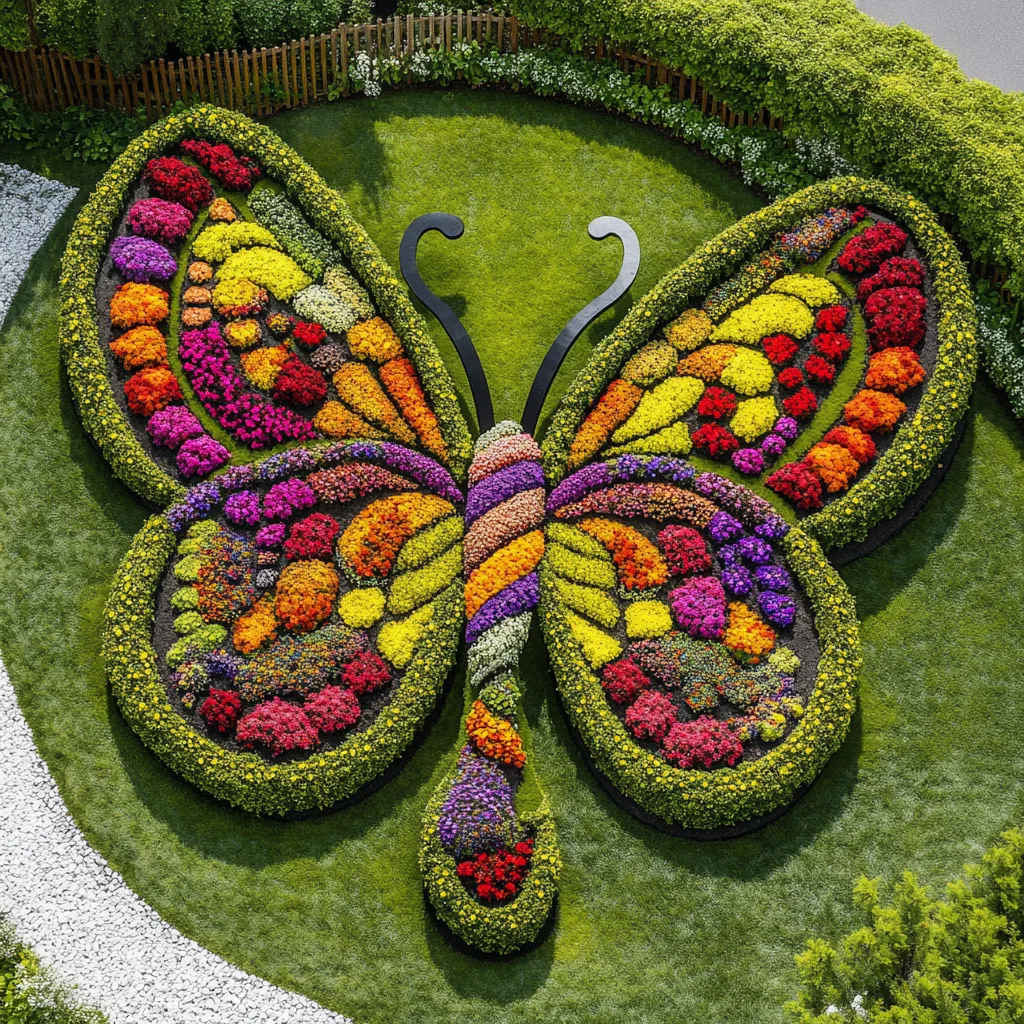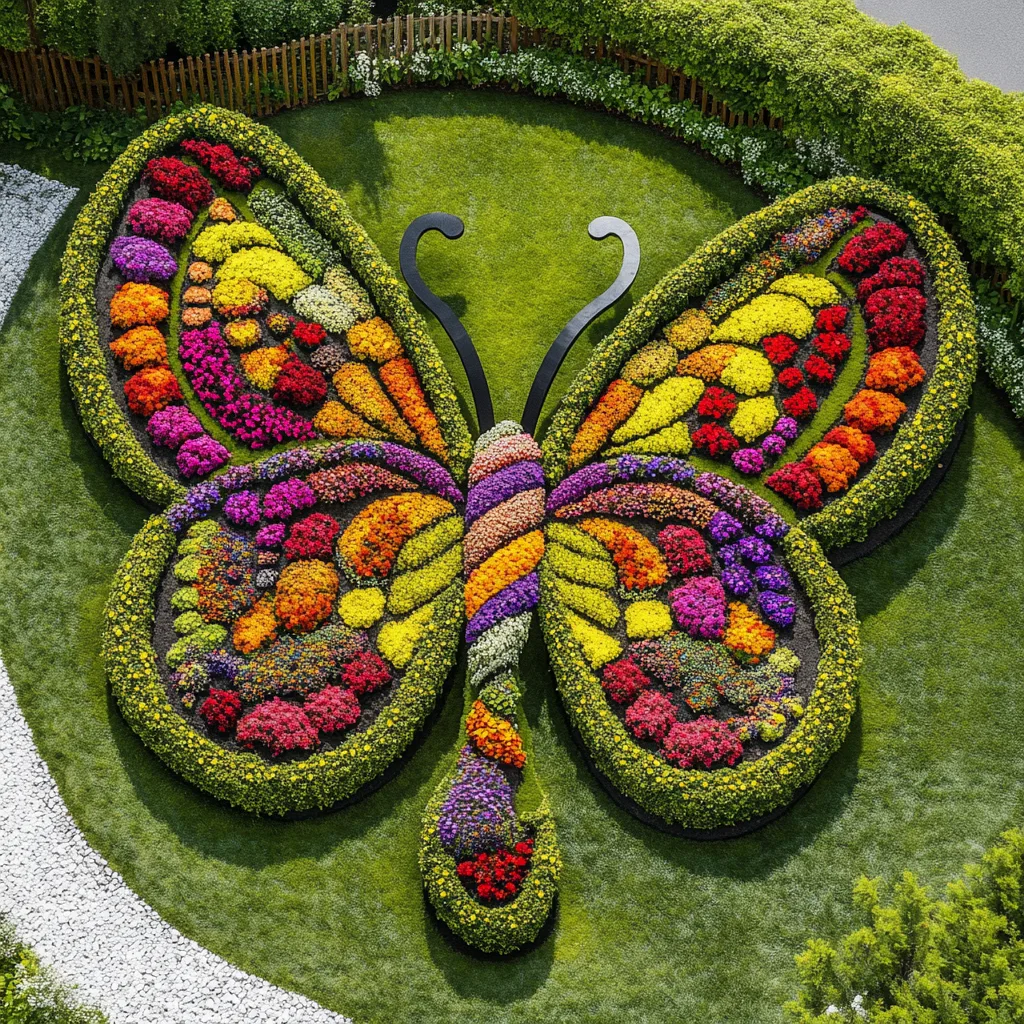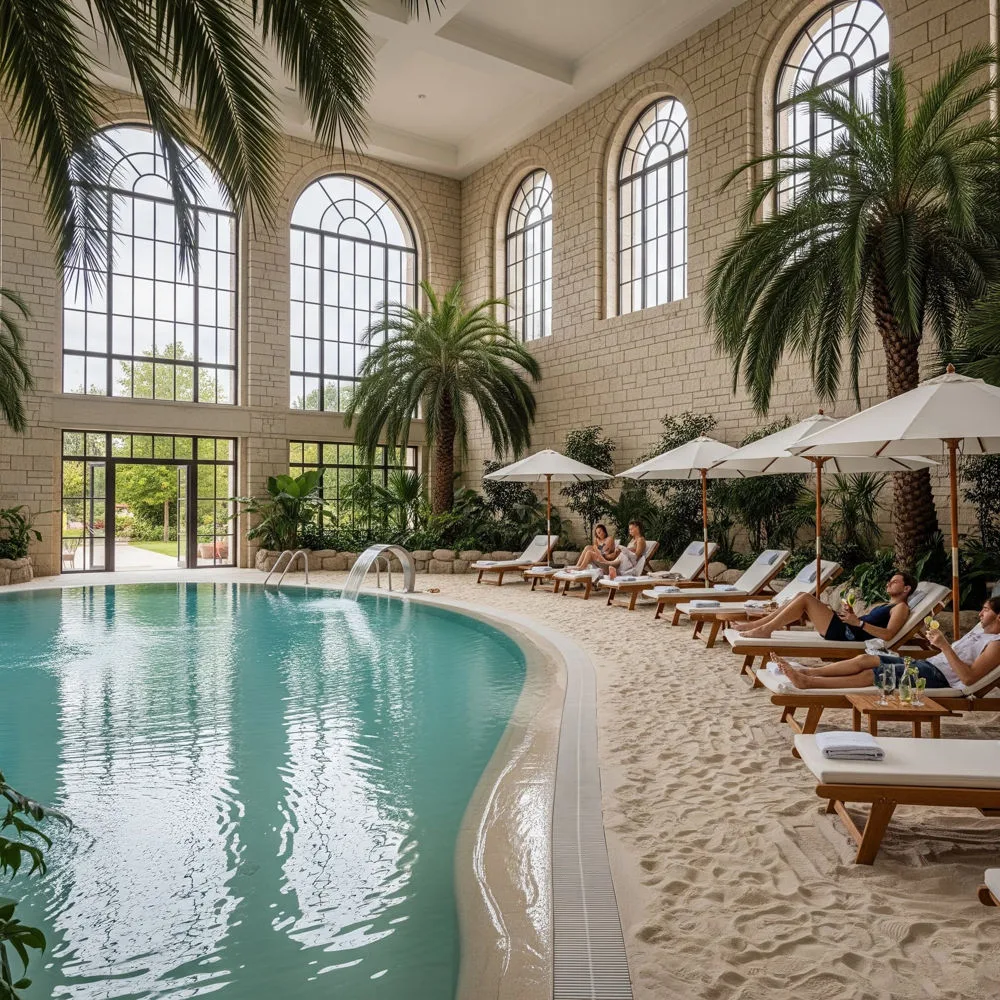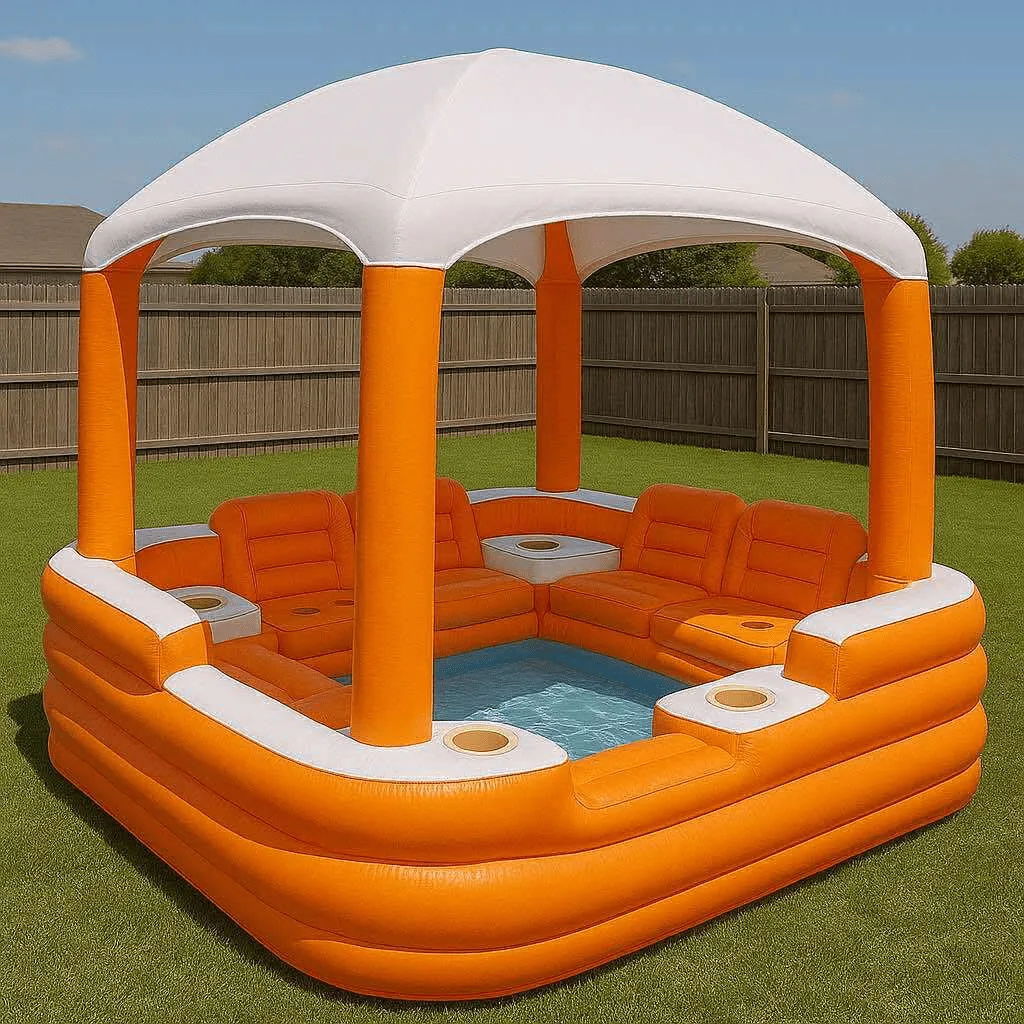A Symphony of Color, Life, and Biodiversity
In a world that often overlooks the small and intricate, gorgeous insect gardens stand as a vibrant reminder of nature’s most delicate and essential partnerships. These gardens are more than just visual marvels — they are sanctuaries for pollinators, havens for biodiversity, and miniature ecosystems that support life on a grand scale.
With the global decline of beneficial insects like bees, butterflies, and beetles, the concept of the insect garden has blossomed not only as a landscaping trend but as an ecological necessity. But a truly gorgeous insect garden doesn’t just prioritize function — it weaves beauty into every corner, celebrating color, movement, and life in motion.
This article explores the design, purpose, and profound beauty of insect gardens — and how you can cultivate one in your own space.
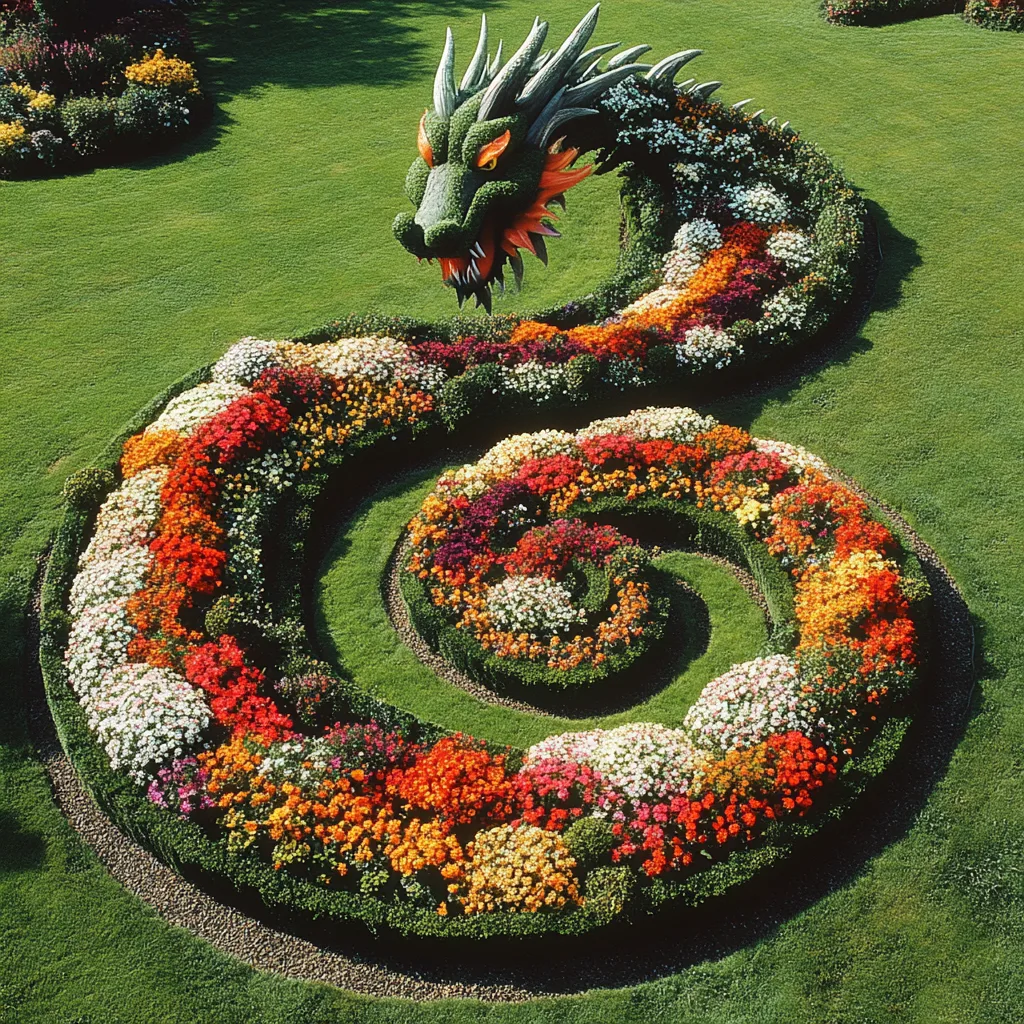
What Is a Gorgeous Insect Garden?
A gorgeous insect garden is a deliberately designed outdoor space that attracts and supports a wide variety of beneficial insects. While the primary purpose is ecological — providing food, habitat, and shelter — the visual impact of these gardens is often stunning.
Imagine:
- Colorful flower beds buzzing with bees and butterflies
- Ornamental grasses swaying with dragonflies
- Delicate pollinators sipping nectar under the sun
- Dew-kissed leaves hosting lacewings and ladybugs
The goal is to build a garden where aesthetics meet functionality — where every bloom, leaf, and texture invites insects while creating a captivating scene for human enjoyment.
Why Insects Matter: The Hidden Heroes of the Garden
The beauty of a gorgeous insect garden lies not just in its flowers, but in its visitors. Insects may be tiny, but their impact is monumental.
Key Roles Insects Play:
- Pollination: Bees, butterflies, moths, and beetles help fertilize plants, ensuring fruit, seed, and flower production.
- Pest control: Ladybugs, praying mantises, and lacewings naturally reduce populations of harmful pests.
- Decomposition: Certain beetles and ants break down organic matter, enriching the soil.
- Biodiversity: A rich insect population supports birds, amphibians, and other wildlife, making your garden a thriving ecosystem.
When you create a space that supports insect life, you’re also promoting balance, health, and resilience in your garden.
Designing a Gorgeous Insect Garden
Designing a gorgeous insect garden means considering both visual appeal and ecological functionality. With thoughtful planning, you can create a space that dazzles the eye and sustains life.
1. Choose Native Plants
Native plants are best suited to your region’s climate and soil, and local insects are adapted to them.
- Examples: Milkweed for monarch butterflies, purple coneflower for bees, goldenrod for wasps and beetles
- Mix perennials, annuals, and wildflowers for seasonal variety
2. Layer Colors and Blooming Times
To attract insects throughout the growing season, ensure that something is always in bloom.
- Use a diverse color palette: Insects are drawn to bright hues like purple, yellow, white, and blue
- Stagger blooming periods so that nectar and pollen are available from early spring to late fall
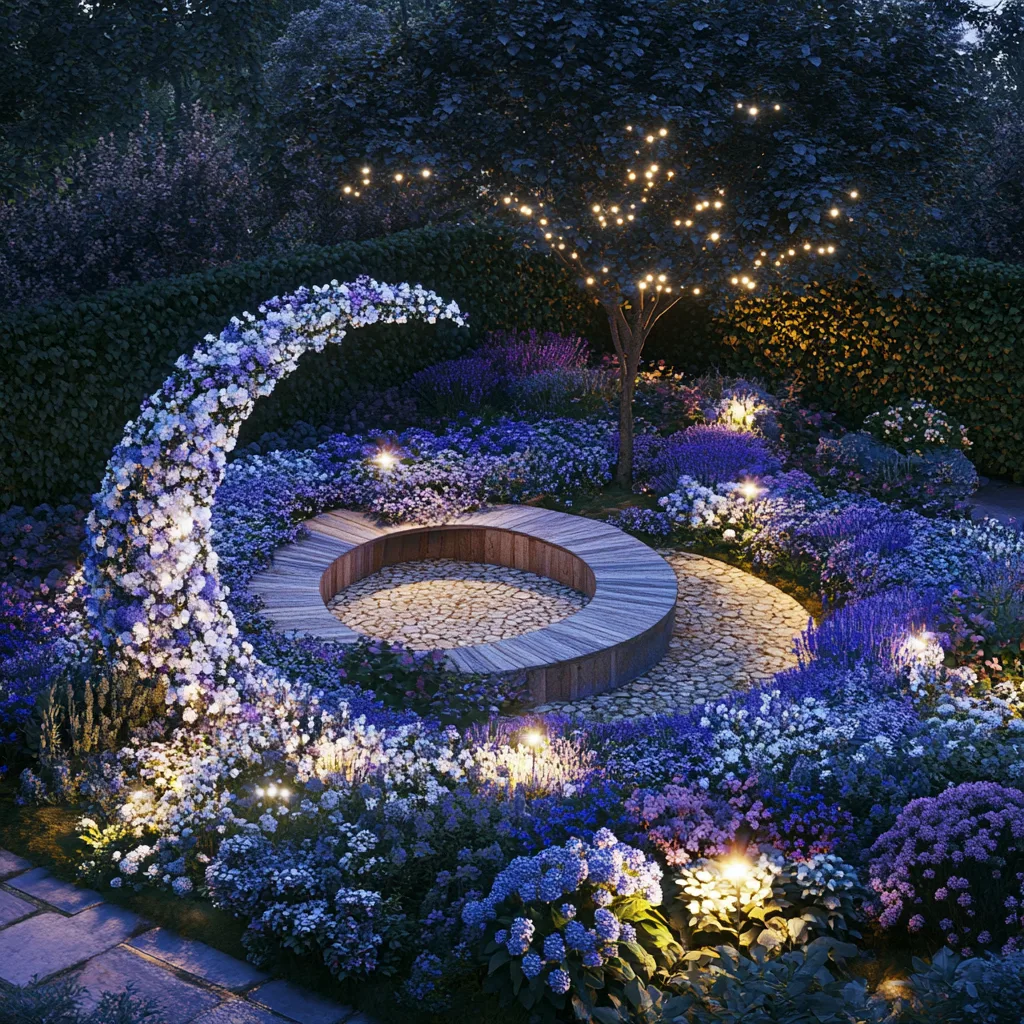
3. Incorporate Various Structures
Different insects need different types of shelter and habitat.
- Include rocks, logs, and leaf piles for beetles and ground dwellers
- Add butterfly puddling stations (shallow dishes of water and sand)
- Install bee hotels and insect houses made of bamboo, wood, or cardboard tubes
4. Avoid Pesticides
A truly insect-friendly garden avoids chemicals that harm beneficial species.
- Embrace natural pest control methods
- Let predatory insects and birds do the work
- Accept a few nibbled leaves as signs of a healthy, balanced garden
Visual Highlights: Elements That Elevate Beauty
What makes an insect garden truly gorgeous is its ever-changing palette of motion and life. With careful placement and color choice, you can turn an ecological refuge into a show-stopping garden.
Flower Combinations
- Lavender and coreopsis: Contrasting purple and yellow with buzzing bees
- Echinacea and salvia: Tall, textured blooms perfect for butterflies
- Zinnias and cosmos: Long-blooming, easy-care flowers loved by pollinators
Accents and Features
- Arches covered in climbing flowers like honeysuckle or clematis
- Colorful ceramic birdbaths or shallow insect ponds
- Garden sculptures or wind spinners that echo natural forms
Lighting and Seating
- Add solar lights for evening enjoyment when moths and fireflies appear
- Install a rustic bench or swing to observe insect activity up close
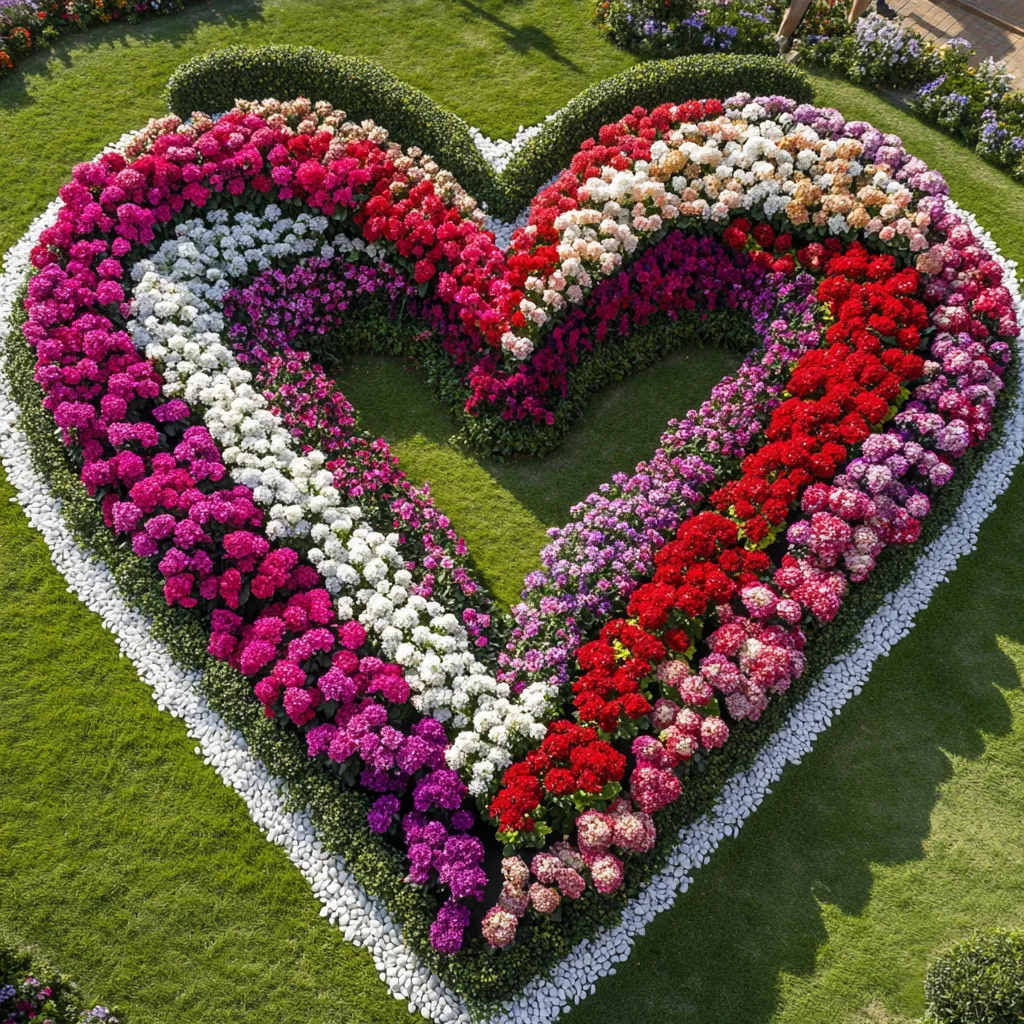
Best Insects to Attract (And How to Help Them)
Not all insects are pests. In fact, many of the most gorgeous gardens are alive with the flutter and hum of these helpful species:
- Bees (honeybees, bumblebees, mason bees): Provide a variety of open and tubular flowers
- Butterflies: Plant both nectar sources and host plants (e.g., milkweed for monarchs)
- Ladybugs: Attracted by yarrow, dill, and fennel; they help control aphids
- Hoverflies and Lacewings: Eat pests and pollinate flowers
- Dragonflies: Feed on mosquitoes and thrive near water features
The goal is to attract a wide range of species by providing a mix of habitats, food sources, and water.
Benefits Beyond Beauty
A gorgeous insect garden does more than delight the eyes. It contributes to global efforts to restore insect populations and balance human activity with nature.
Environmental Benefits
- Supports declining pollinator populations
- Improves soil health through biodiversity
- Creates safe havens for wildlife in urban and suburban settings
Human Benefits
- Reduces reliance on pesticides and synthetic fertilizers
- Promotes mindfulness and nature connection
- Inspires children and adults to learn about ecology, life cycles, and sustainability
By planting a garden for insects, you’re planting a seed for a healthier, more vibrant planet.
Getting Started: Small Steps with Big Impact
Even if you have limited space, you can begin building your own insect paradise.
- Start with a single raised bed or container garden
- Choose five nectar-rich native flowers
- Skip the pesticides and mulch with natural compost
- Add a bee house or water dish for insects
Over time, your garden will grow — not just in size, but in life.
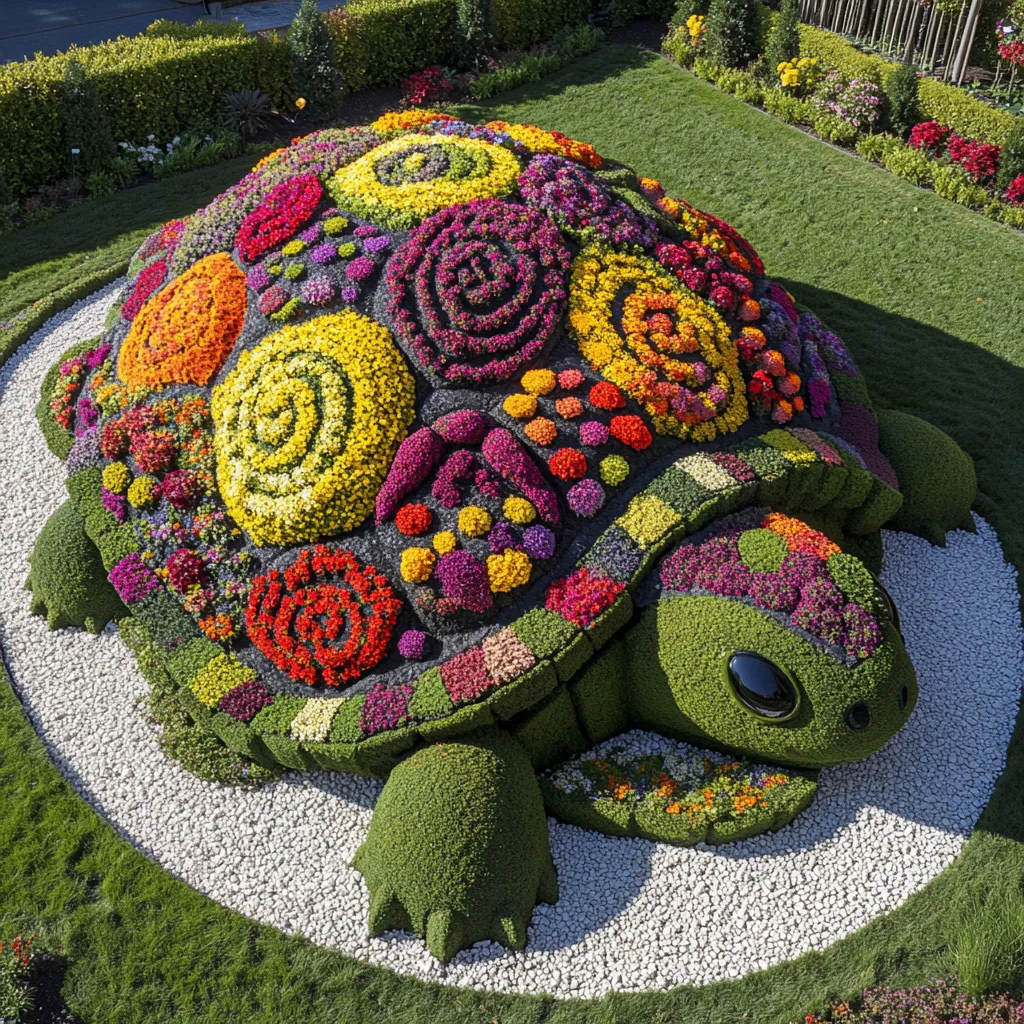
Beauty With Purpose
Gorgeous insect gardens prove that ecological responsibility and visual delight go hand in hand. These gardens aren’t just green — they’re alive, pulsing with color, motion, and connection. Each flower that blooms, each insect that lands, reminds us of the delicate and extraordinary web of life that exists just outside our doors.
Whether you’re a seasoned gardener or a nature-loving beginner, creating an insect garden offers a way to give back to the earth while surrounding yourself with the quiet magic of the natural world.
So why not plant beauty that buzzes?
